Three different elctrolytic cells A, B and C are connected in separate circuits .Electrolytic cell A contains sodium chloride solution. When the circuit is complete . A bulb in the circuit glows brightly .electrolytic cell B contains acetic acid solution and in this case the bulb in the circuit glows dimly . The elctrolytic cell C contains sugar solution and the bulb does not glow . Give a reason for each of these observations .
To answer the question regarding the observations in the three electrolytic cells A, B, and C, we will analyze each cell based on the type of electrolyte present and its ability to conduct electricity.
1. Electrolytic Cell A (Sodium Chloride Solution):
- Sodium chloride (NaCl) is a strong electrolyte. This means that when it is dissolved in water, it completely dissociates into its ions: Na⁺ (sodium ions) and Cl⁻ (chloride ions).
- The presence of a large number of ions allows for efficient conduction of electricity. As a result, when the circuit is completed, the ions move towards the electrodes (Na⁺ towards the cathode and Cl⁻ towards the anode), allowing a significant current to flow.
- Observation: The bulb glows brightly because of the high conductivity of the solution due to the complete dissociation of NaCl.
2. Electrolytic Cell B (Acetic Acid Solution):
- Acetic acid (CH₃COOH) is a weak electrolyte. It only partially dissociates in water, meaning that not all acetic acid molecules break apart into ions. The dissociation can be represented as:
CH₃COOH ⇌ CH₃COO⁻ + H⁺
- Since only a fraction of the acetic acid molecules ionize, there are fewer ions available to carry the electric current compared to a strong electrolyte like NaCl.
- Observation: The bulb glows dimly because the partial dissociation results in lower conductivity.
3. Electrolytic Cell C (Sugar Solution):
- Sugar (sucrose, C₁₂H₂₂O₁₁) is a non-electrolyte. This means it does not dissociate into ions when dissolved in water. Instead, it remains as whole molecules.
- Since there are no ions present in the solution, there is no charge carrier to conduct electricity.
- Observation: The bulb does not glow at all because there is no electrical conductivity in the sugar solution.
Summary of Observations:
- Cell A (NaCl): Bulb glows brightly due to complete ionization (strong electrolyte).
- Cell B (Acetic Acid): Bulb glows dimly due to partial ionization (weak electrolyte).
- Cell C (Sugar): Bulb does not glow due to lack of ionization (non-electrolyte).
- Sodium chloride (NaCl) is a strong electrolyte. This means that when it is dissolved in water, it completely dissociates into its ions: Na⁺ (sodium ions) and Cl⁻ (chloride ions).
- The presence of a large number of ions allows for efficient conduction of electricity. As a result, when the circuit is completed, the ions move towards the electrodes (Na⁺ towards the cathode and Cl⁻ towards the anode), allowing a significant current to flow.
- Observation: The bulb glows brightly because of the high conductivity of the solution due to the complete dissociation of NaCl.
- Acetic acid (CH₃COOH) is a weak electrolyte. It only partially dissociates in water, meaning that not all acetic acid molecules break apart into ions. The dissociation can be represented as:
CH₃COOH ⇌ CH₃COO⁻ + H⁺
- Since only a fraction of the acetic acid molecules ionize, there are fewer ions available to carry the electric current compared to a strong electrolyte like NaCl.
- Observation: The bulb glows dimly because the partial dissociation results in lower conductivity.
- Sugar (sucrose, C₁₂H₂₂O₁₁) is a non-electrolyte. This means it does not dissociate into ions when dissolved in water. Instead, it remains as whole molecules.
- Since there are no ions present in the solution, there is no charge carrier to conduct electricity.
- Observation: The bulb does not glow at all because there is no electrical conductivity in the sugar solution.
- Cell A (NaCl): Bulb glows brightly due to complete ionization (strong electrolyte).
- Cell B (Acetic Acid): Bulb glows dimly due to partial ionization (weak electrolyte).
- Cell C (Sugar): Bulb does not glow due to lack of ionization (non-electrolyte).
Topper's Solved these Questions
- BOOK - ICSECHAPTER - ELECTROLYSISEXERCISE - QUESTIONS (fill in the blanks )1videos
ELECTROLYSIS
- BOOK - ICSECHAPTER - ELECTROLYSISEXERCISE - QUESTIONS FOR PRACTICE65videos
ELECTROLYSIS
- BOOK - ICSECHAPTER - CHEMISTRY-2015EXERCISE - SECTION-II (40 Marks) Attempt any four questions from this Section.49videos
CHEMISTRY-2015
- BOOK - ICSECHAPTER - METALLURGYEXERCISE - UNIT TEST PAPER 6 - Metallurgy (Select the correct answer from the list A,B,C & given in each statement.)5videos
METALLURGY
Similar Questions
Three different electrolytic cells A, B and C are connected in separate circuits. Electrolytic cell A contains sodium chloride solution. When the circuit is completed, a bulb in the circuit glows brightly. Electrolytic cell B contains acetic acid solution and in this case the bulb in the circuit glows dimly. The electrolytic cell C contains sugаr solution and the bulb does not glow. Give a reason for each of these observations.
View SolutionIn the circuit of Fig, the bulb will become suddenly bright if
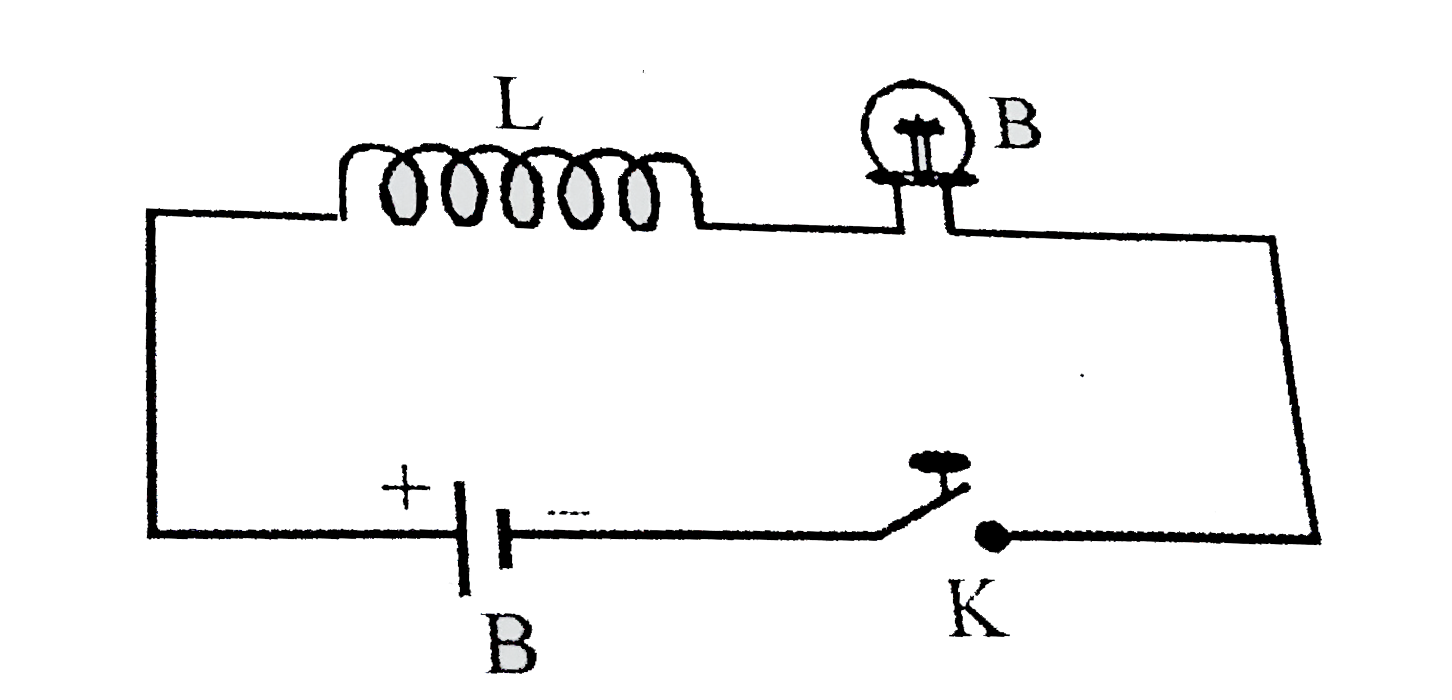 View Solution
View SolutionIn the circuit shown, the current drawn by the cell is
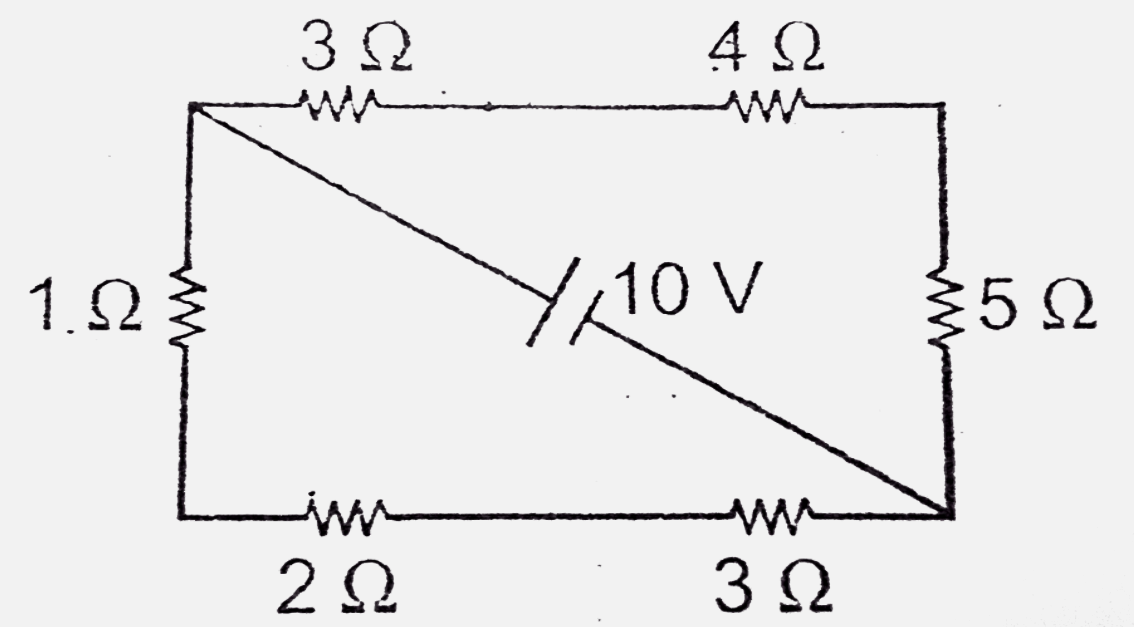 View Solution
View SolutionIn the circuit shown , the current draw by the cell is
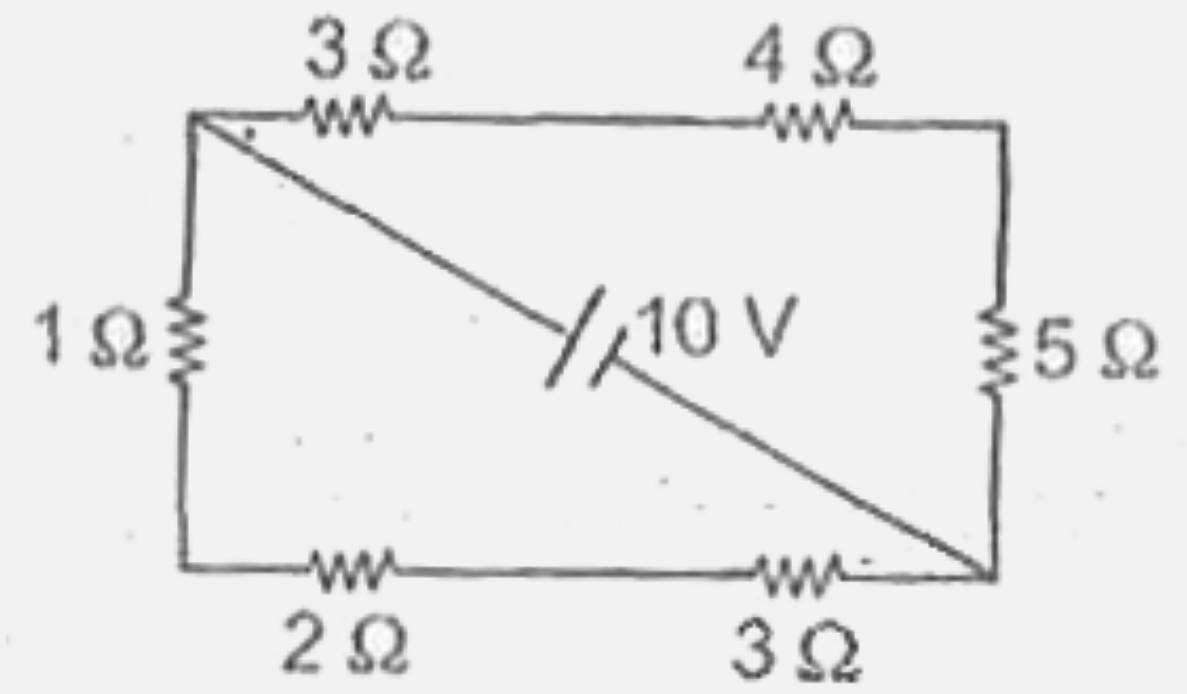 View Solution
View SolutionWrite three differences between electrochemical cell and electrolytic cell.
View SolutionThe diagram shows a circuit in which a bulb is connected through connecting the wires to a cell.
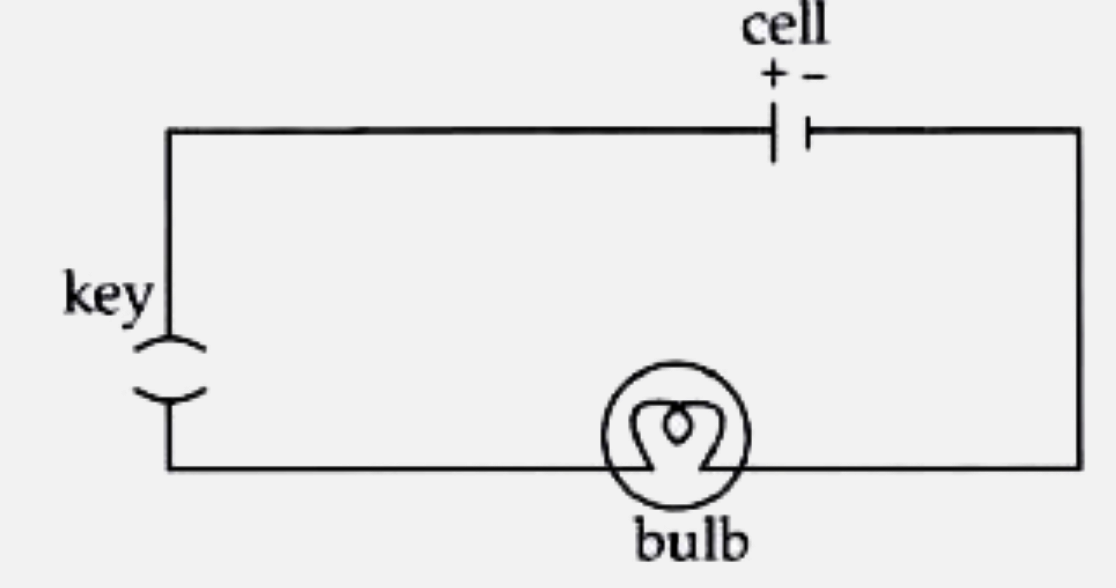
The bulb in the circuit does not glow. Why?View SolutionAll bulbs in the circuit shown in figure are identical. Which bulb glows most brightly?
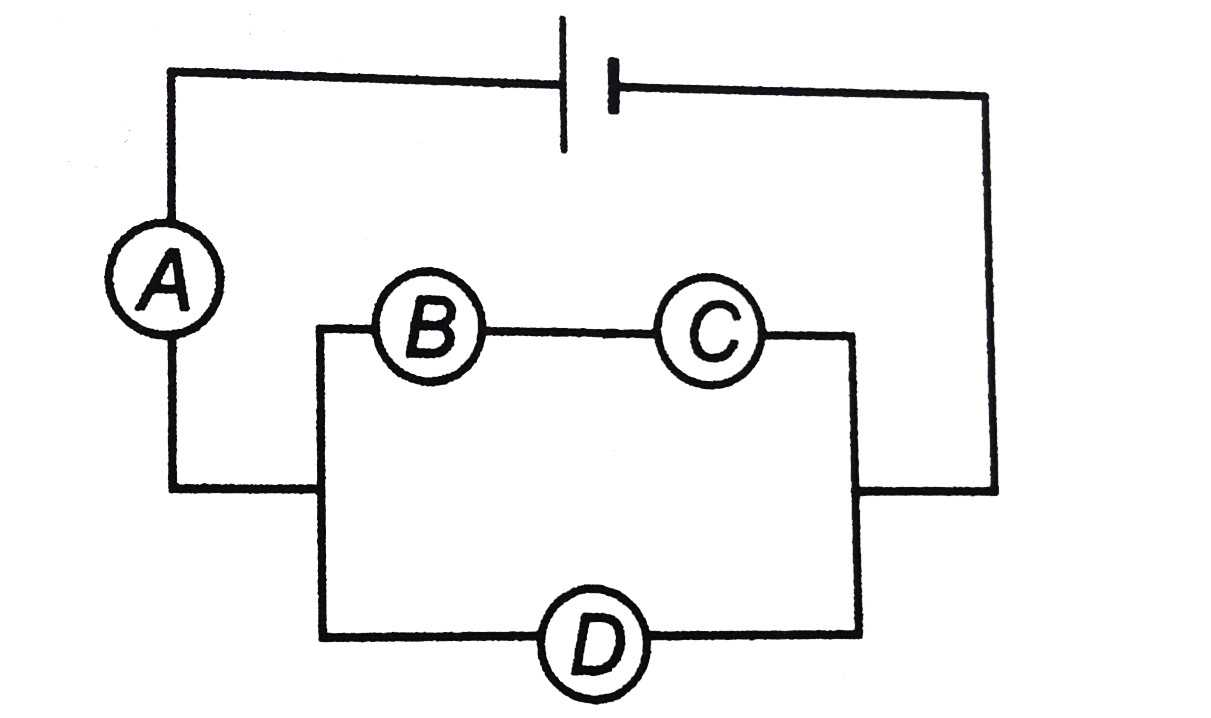 View Solution
View SolutionElectrolyte solution in electrolytic refining of lead contains :
View SolutionIn the following figures, the bulbs in Figure A and D glow, but the bulbs in Figure B and C do not glow. Give reason.
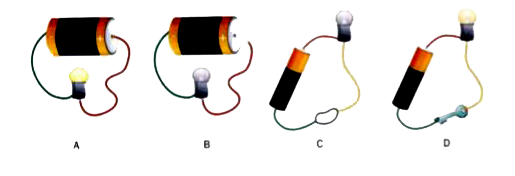 View Solution
View SolutionSolution A is a sodium hydroxide solution Solution B is a weak acid. Solution C is dilute sulphuric acid. Which solution will
contain solute molecules and ions ?View Solution

